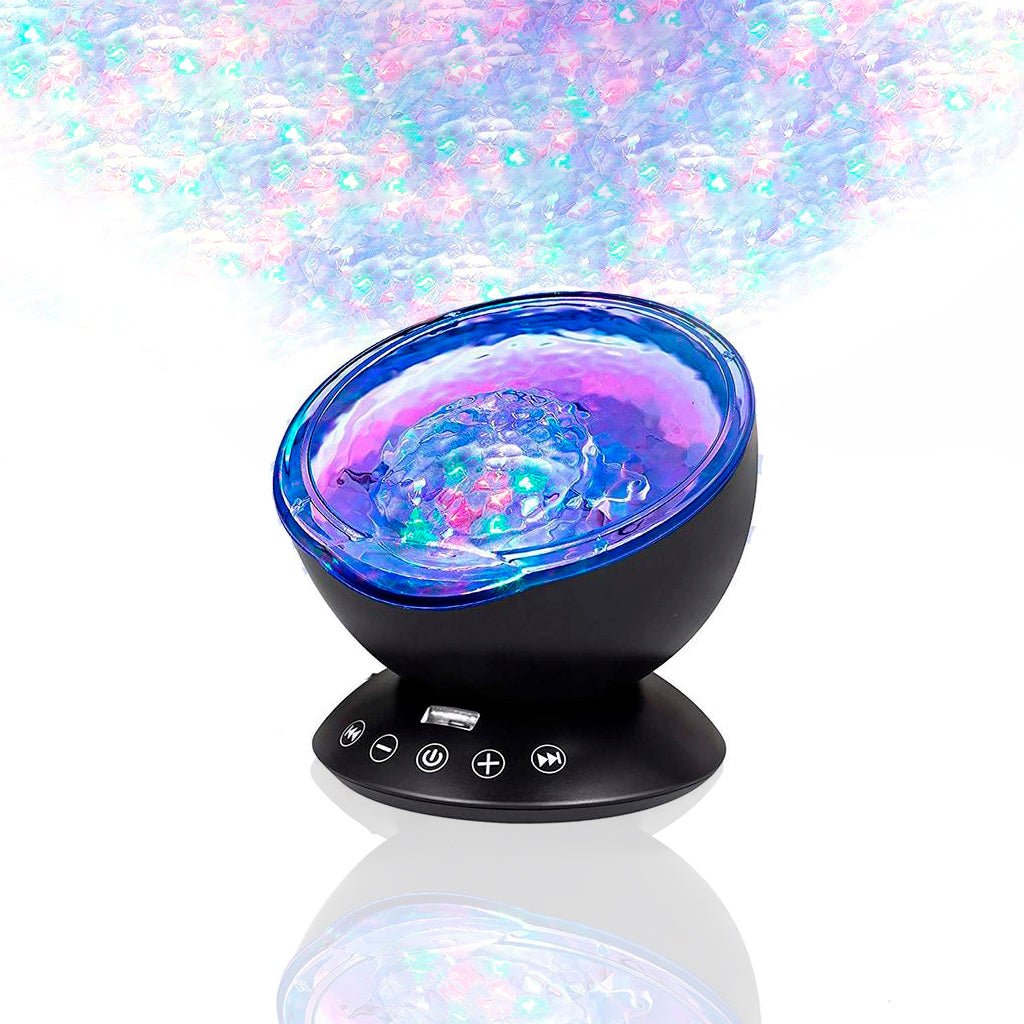
In the ever-evolving landscape of medical research, few fields hold as much promise and intrigue as the study of autism. This complex neurodevelopmental condition, which affects millions worldwide, has long puzzled scientists and clinicians alike. However, recent advances in neuroimaging are providing unprecedented insights into the autistic brain's structure and function, offering a beacon of hope for future therapies and understanding.
Peering into the Autistic Brain: The Role of Neuroimaging
Neuroimaging has revolutionized the way we understand the brain. Techniques such as functional MRI (fMRI) and diffusion tensor imaging (DTI) allow scientists to observe the brain in action, highlighting how different regions communicate and function. For individuals with autism, these technologies have uncovered distinct patterns of connectivity and brain activity that differ from neurotypical individuals.
For instance, studies using fMRI have revealed that the brains of individuals with autism often show altered connectivity between regions responsible for social communication and sensory processing. This can help explain some of the characteristic behaviors seen in autism, such as difficulties with social interactions and heightened sensitivity to sensory stimuli.
Moreover, DTI studies have shown differences in the white matter tracts of the brain, which are crucial for efficient communication between different brain regions. These findings suggest that the brain's wiring in autism is fundamentally different, offering new avenues for understanding the condition's underlying biology.
Genetic Factors: Unraveling the Mystery
While neuroimaging provides a window into the brain's structure and function, genetics offers a complementary perspective. Advances in genetic research have identified numerous genes associated with autism, shedding light on the biological pathways that may contribute to its development.
Recent studies have highlighted the role of synaptic genes—those involved in the formation and function of synapses, the connections between neurons. Mutations in these genes can disrupt normal brain development, leading to the atypical connectivity observed in neuroimaging studies.
Understanding these genetic factors is crucial for developing targeted therapies. By identifying specific genetic mutations, researchers can develop interventions that address the root causes of autism, rather than just managing its symptoms.
Innovative Therapies: A New Horizon
The insights gained from neuroimaging and genetic research are paving the way for innovative therapies that could transform the lives of individuals with autism. One promising approach is the use of neurofeedback, a technique that uses real-time brain activity data to help individuals learn to regulate their own brain function.
Another exciting development is the use of transcranial magnetic stimulation (TMS), a non-invasive procedure that uses magnetic fields to stimulate specific brain regions. Preliminary studies suggest that TMS can improve social communication skills and reduce repetitive behaviors in individuals with autism.
These therapies, combined with traditional behavioral interventions, offer a holistic approach to autism treatment, addressing both the neurological and behavioral aspects of the condition.
Hope for the Future
The ability to visualize the autistic brain in such detail provides a deeper understanding of the condition, paving the way for more effective and personalized treatments.
However, it's important to remember that each individual with autism is unique, and there is no one-size-fits-all solution. The ultimate goal of this research is to develop a range of therapeutic options that can be tailored to the specific needs of each person, ensuring they receive the support and care they need to thrive.
In the words of a renowned researcher, "The future of autism research is not just about finding a cure, but about understanding and embracing the diversity of the human brain." This sentiment underscores the importance of ongoing research and the hope it brings to countless families around the world.

Resources and Support
For families navigating the complexities of autism, access to reliable information and support is crucial. Organizations like Bright Autism provide valuable resources, including the latest research findings, therapeutic options, and community support networks.
Additionally, products designed to support sensory needs, such as the TAP-TAP Sensory Lights, can make a significant difference in the daily lives of individuals with autism. These tools not only provide sensory stimulation but also create a calming and engaging environment.
As research continues to advance, staying informed and connected with the autism community is essential. By sharing knowledge and experiences, families can find the support they need to navigate their unique journeys.










Leave a comment